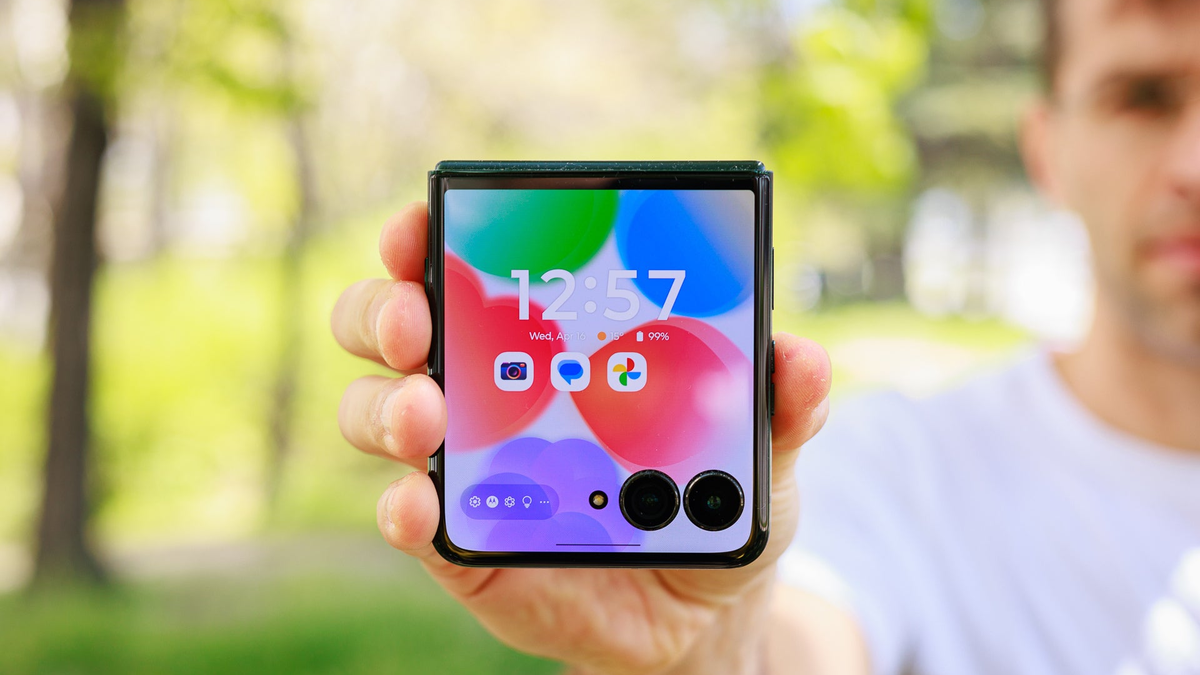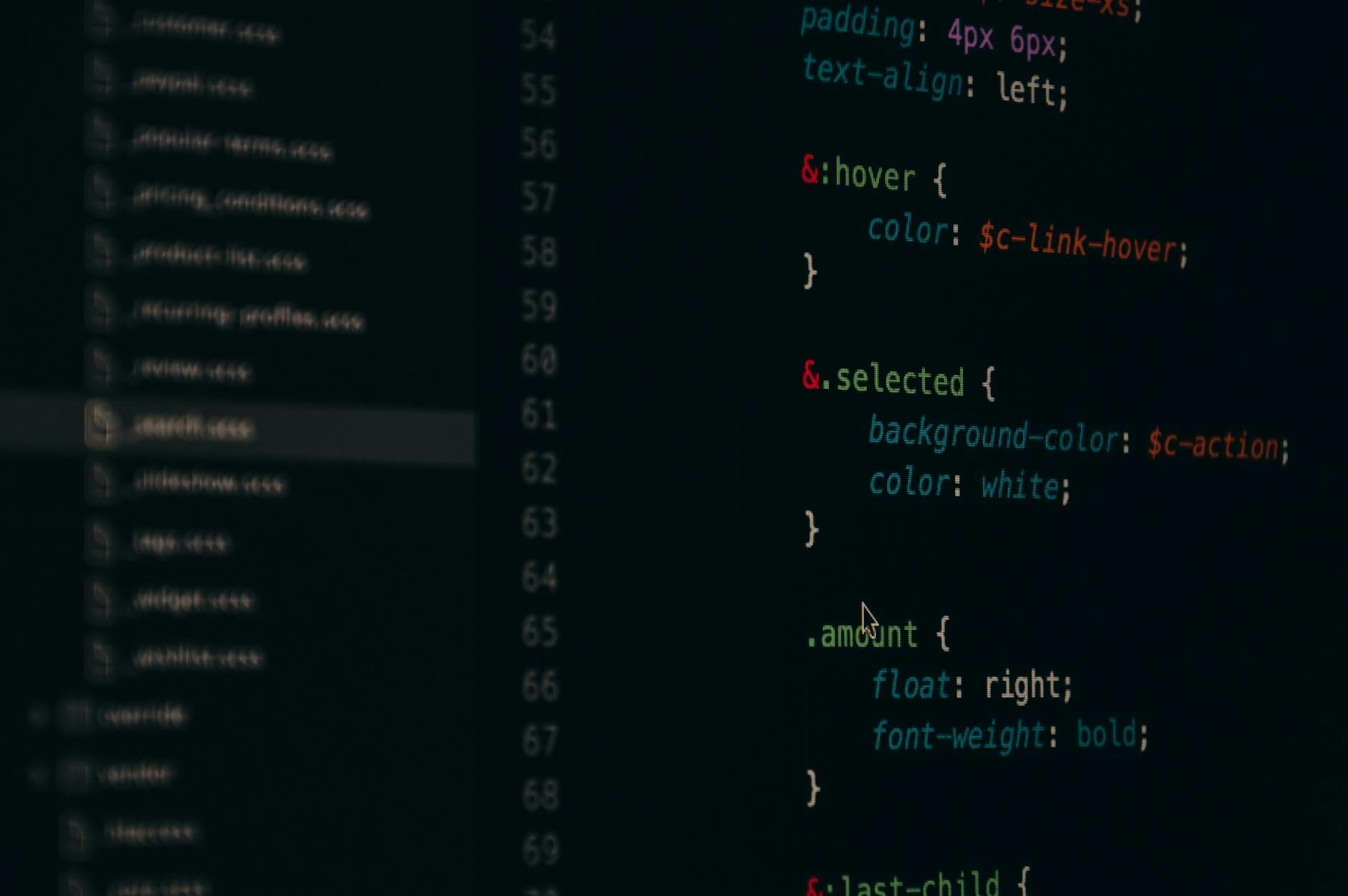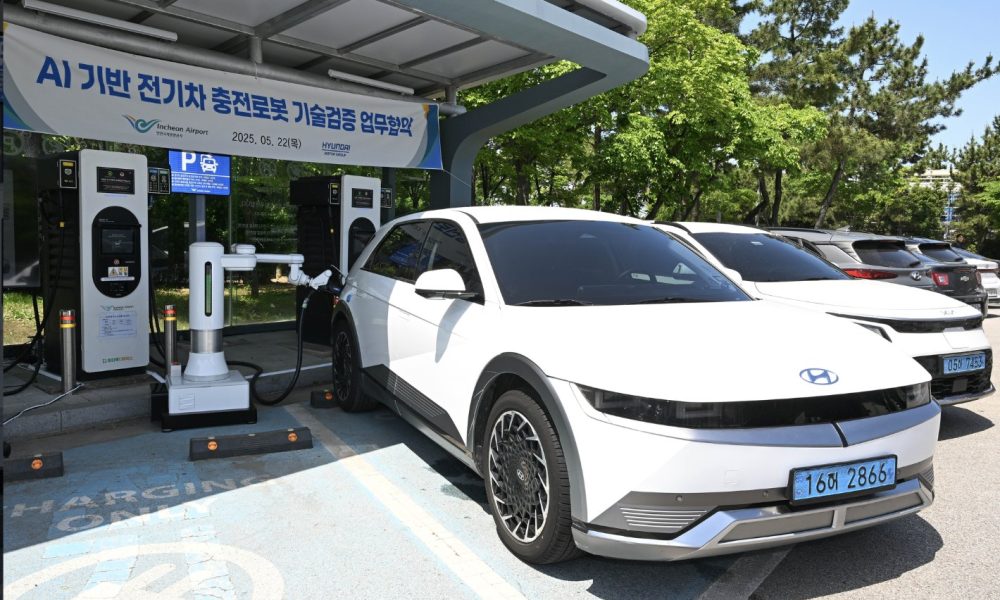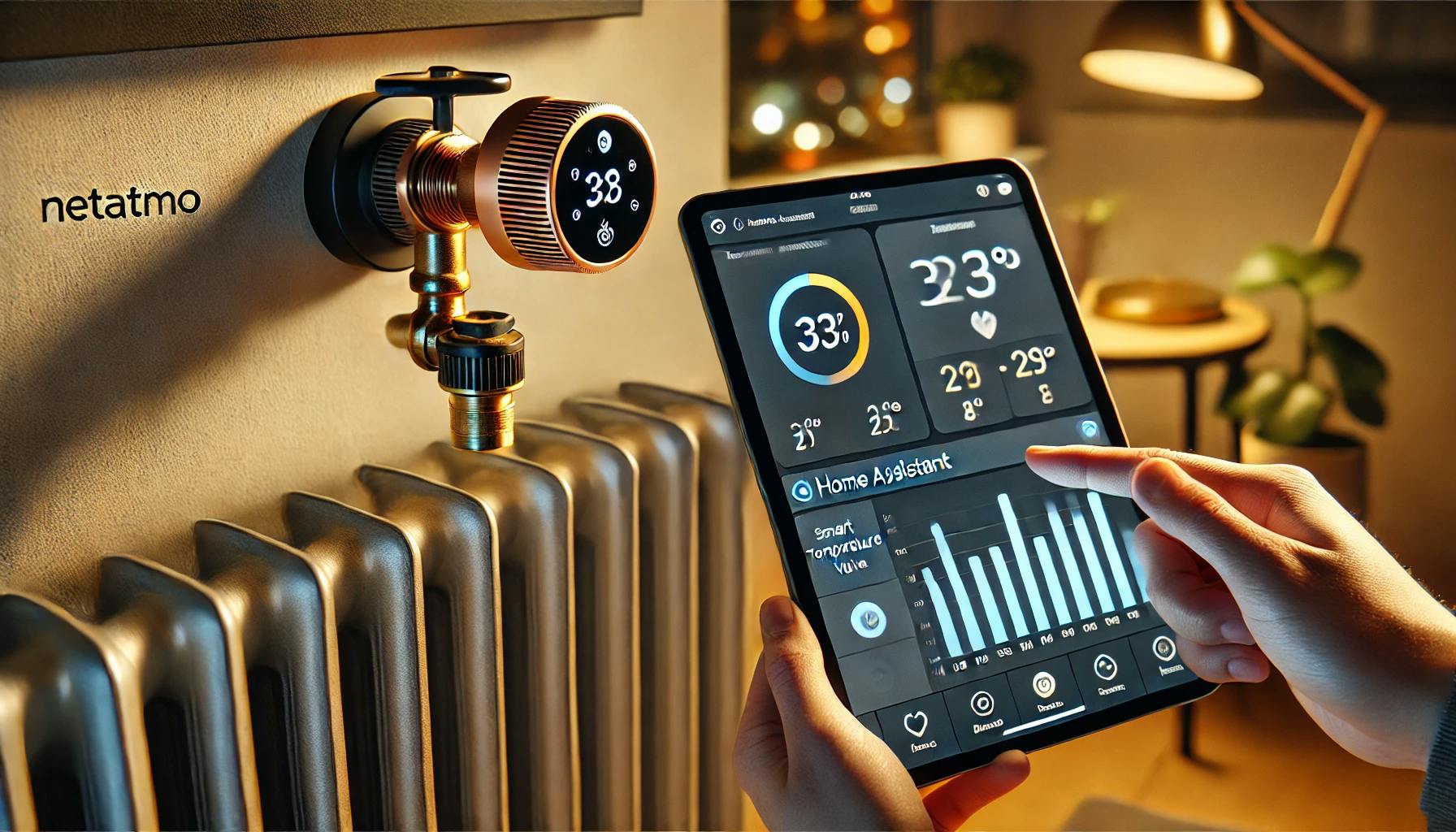Social media has evolved as major tech changes shaped it such as user-made posts and custom algorithms deciding what shows up on feeds. Now artificial intelligence is bringing in the next big transformation.
Computer-generated AI avatars and virtual influencers are leading this change. These digital characters are altering the way brands connect with audiences how users interact, and how content is both made and shared.
At first, people saw virtual influencers and AI avatars as just entertaining novelties. But they are now becoming a normal part of online communities. Platforms like Instagram and TikTok showcase these digital personalities, which draw huge followings. They help create content and play a big role in promoting brands.
This article looks into how they are changing social media. It studies the technology powering these virtual entities, their role in marketing, and the ethical concerns tied to them.
Source
What Are AI Avatars and Virtual Influencers?
AI Avatars
AI avatars are digital characters designed to look and act like people. They can stay static or move, depending on pre-set scripts, AI systems, or tools that enable live interactions. People and companies often use these avatars as their online face working as virtual assistants, media makers, or even digital copies of themselves.
Platforms like Synthesia, Hour One, and Ready Player Me let people build realistic digital versions of themselves. These avatars can then be used to teach online, make explainer videos, or create digital entertainment.
Virtual Influencers
AI drives virtual influencers who are created to connect with people on social platforms. They are not actual humans like traditional influencers. Instead, creators use storytelling, CGI, and AI to make these fictional characters seem lifelike.
Some of the most well-known virtual influencers include:
- Lil Miquela (@lilmiquela) – This CGI influencer is a mix of Brazilian and American roots and has gained over 2.5 million followers on Instagram.
- Shudu (@shudu.gram) – recognized as the first-ever digital supermodel in the world.
- Imma (@imma.gram) – A virtual model made in Japan who often works on projects with fashion and tech brands.
These virtual characters are designed to attract specific groups of people and fit into certain brand categories. Creators can control their posts, team them up with companies, and even make them chat live with their followers.
The Technology Behind AI Avatars and Virtual Influencers
The growth of AI avatars and virtual influencers comes from progress in a few critical technologies.
1. AI and Machine Learning
Algorithms in machine learning help avatars copy how people talk, act, and express themselves. Natural Language Processing lets them hold natural conversations. Computer vision plays a role in making their faces and movements look lifelike.
2. Deep Learning and GANs
Generative Adversarial Networks use advanced techniques to create photorealistic pictures and videos. These GANs help make faces and movements so real that they can almost pass as human.
3. Motion Capture and CGI
Sophisticated virtual influencers rely on motion capture tech similar to what’s common in games and films. This tech lets them move and animate in a way that feels real. With CGI added, the result is believable virtual figures that can talk, walk, pose, and show emotions.
4. Voice Synthesis
Apps like Resemble AI and Descript’s Overdub have tools for cloning voices and making synthetic ones. These tools create distinct and steady voices for AI avatars, which makes them seem more real and strengthens their brand image.
Why AI Avatars and Virtual Influencers Are Gaining Popularity
Many reasons explain why these digital influencers are becoming more common:
1. Cost-Effective and Scalable
Virtual influencers don’t grow older, fall ill, or cause scandals unless it’s pre-planned. Brands can create them to embody their image and reuse them across many promotions, cutting down both costs and effort over time.
2. Creative Freedom
AI-based avatars can exist in futuristic settings, master several languages, or pull off impossible actions that real-life influencers can’t do. This gives brands and storytellers fresh ways to engage and entertain.
3. Always On
AI avatars stay active all day and night ready to interact with fans or share content without taking breaks. This constant availability suits brands aiming to connect with global audiences in different time zones.
4. Appeal to Digital Natives
Gen Z and Gen Alpha grew up surrounded by technology and find it easy to connect with digital personas. They tend to follow, trust, and shop from AI-made influencers if the content feels real and fun.
The Impact on Social Media and Digital Marketing
1. Brand Collaborations and Endorsements
Brands from industries like fashion, tech, beauty, and gaming are teaming up with virtual influencers more often. Such collaborations let businesses:
- Manage all aspects of the influencer’s messaging
- Steer clear of public scandals tied to real-life celebrities
- Connect with younger audiences who are active online
This shift also reflects a larger trend: according to recent research, 37% of professionals in marketing and advertising now use WhatsApp AI Chatbot tools in their day-to-day workflows
For example, Balmain used three virtual models in a 2018 campaign. Likewise, companies like Samsung, Prada, and Nike have partnered with digital influencers to create fresh ideas and stand apart in competitive markets.
2. Social Commerce Integration
Brands now include virtual influencers in shoppable content. Their posts now link straight to online shops allowing shoppers to buy items right away. AI chat avatars also assist by suggesting products, answering questions, and helping users step by step through their shopping experiences in real time.
3. Expanding the Creator Economy
AI-driven avatars let anyone create content even if they don’t feel confident showing their face on camera. Platforms like Animaze, Zepeto, and Ready Player Me make virtual identity creation accessible. They help users join the creator economy while keeping their real identities private.
4. Customer Engagement
Businesses now use AI avatars as digital ambassadors for their brands. These avatars run live streams, answer customer questions, and share fun learning materials. Kuki called Mitsuku, is an AI chatbot with a virtual face. It has gained loyal followers on different platforms and shows how AI has a role in keeping users engaged. Event Registration Services are also leveraging AI avatars to act as virtual hosts or assistants, guiding users through the signup process, answering FAQs, and enhancing attendee engagement with a more interactive, human-like experience.
Ethical Considerations and Challenges
The growth of AI avatars and virtual influencers holds significant promise, but it also brings up important ethical and social challenges:
1. Transparency and Authenticity
Many people might not even know they are talking to a virtual creation. This kind of hidden truth can cause trust problems. It gets even trickier when these digital influencers promote products or share views without making it clear that they aren’t real.
2. Representation and Diversity
AI avatar creators can push limited beauty standards or repeat harmful stereotypes. The groups designing these avatars often lack the diversity seen in their worldwide audience. To respect and involve everyone, designers must focus on making fair and inclusive options.
3. Data Privacy
AI influencers depend on data to make interactions more tailored. Using personal data to train or improve systems and reach users sparks debates about consent, privacy, and how data is protected.
4. Job Displacement
Virtual influencers are becoming more well-known and might replace human influencers, hosts, or actors in advertising and entertainment. Some see this as a step forward, while others worry about its effect on jobs in creative fields.
The Future of AI Avatars and Virtual Influencers
1. Blended Realities
People are stepping into a new era where virtual influencers team up with real ones to make content together. The boundary between online and real life keeps fading. Picture AI avatars joining actual hosts to run podcasts or perform in virtual concerts. This could make entertainment feel fresh and exciting.
2. Hyper-Personalized Influencers
AI is making it possible to create virtual influencers that match what each person likes. Their look, behavior, and even cultural vibe could adjust to fit a user’s preferences. This one-on-one approach might change how brands do personalized marketing.
3. Metaverse Integration
As the metaverse grows, AI avatars will help bring these digital spaces to life. They will fill roles like virtual customer service agents in online malls and serve as celebrity hosts for metaverse events. Innovations like embedding a social media wall into virtual spaces can showcase real-time user engagement, blending live content with immersive storytelling. The possibilities seem endless.
4. AI-Driven Content Creation
Someday, AI avatars won’t just be a part of content but will also produce it. They might craft scripts, create video edits, make music, and design digital artwork supporting an automated way of creating content.
Case Studies: Real-World Examples
1. Lil Miquela
Brud, a startup, created Lil Miquela one of the best-known virtual influencers. She works with famous brands such as Prada and Calvin Klein. Lil Miquela also talks about social justice topics on her channel blending elements of reality and fiction.
2. Lu Do Magalu
Lu Do Magalu created by Magazine Luiza, represents Brazil in the world of virtual influencers. She has built up a following of over 30 million across various platforms. Acting as the online representative of the retail company, she promotes items, provides tutorials, and answers customer queries.
3. Noonoouri
A stylish virtual influencer famous for her doll-like looks teams up with top brands like Dior, Balenciaga, and Versace. Her unique appearance and focus on important topics like veganism and sustainability make her stand out.
Final Thoughts on AI Avatars and Virtual Influencers
AI avatars and virtual influencers are breaking new ground in digital identity, storytelling, and brand engagement. These digital creations are not just a trend that will fade away. As technology advances, they will feel more realistic, respond better, and blend seamlessly into our everyday online lives.
Marketers see them as tools that provide greater control, flexibility, and room to be creative. On the consumer side, they bring a level of interaction that feels exciting, engaging, and sometimes personal.
However big innovations come with big responsibilities. To use AI avatars effectively in the future of social media, it will be important to focus on ethical practices, stay open about how they work, and make sure they include everyone.
Frequently Asked Questions (FAQ’s)
1. What does an AI avatar mean?
An AI avatar is a digital character designed with technology to copy how humans look, talk, and behave. People use these avatars to chat, make videos, interact in apps, and connect on websites.
2. Who are considered virtual influencers?
Virtual influencers are not actual humans. Designers create them as digital personalities that share posts promote brands, and interact with followers online just like regular influencers do.
3. How do companies make AI avatars or virtual influencers?
Companies rely on tools such as artificial intelligence, motion capture, and computer graphics. These tools make digital characters seem more lifelike in how they move and communicate.
4. Why do brands work with virtual influencers?
Brands like using virtual influencers because they give full creative control. They can be made to fit a brand’s image , never need a break, and are always around. This makes them a solid choice to run campaigns.
5. Are AI avatars going to replace human influencers?
No, not . AI avatars can do a lot, but human influencers bring real emotions and personal stories. Many companies use a mix of both, depending on the content they want.










